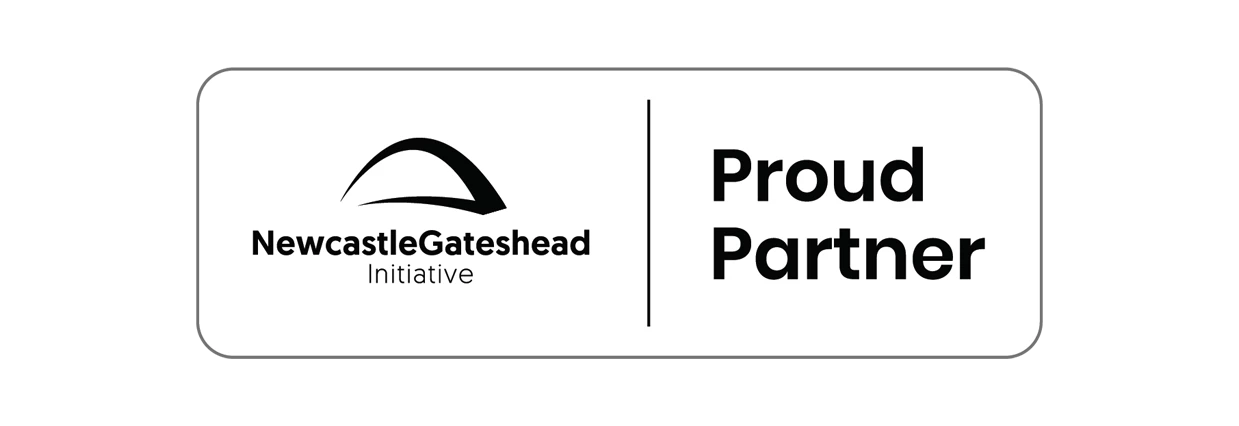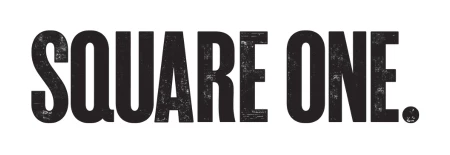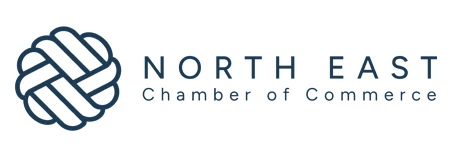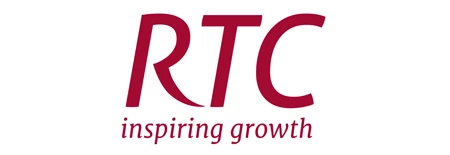Partner Article
6 Steps to Engage Email Subscribers
With more than 68 per cent of the UK’s top retailers failing to incentivise their welcome emails, according to recent research from Emailvision1, email marketers are clearly missing a trick when it comes to engaging with new email subscribers. However, the good news is that there has never been a better time for marketers to re-think their email campaigns and give their new subscribers the welcome they deserve.
Sending a welcome message to new subscribers is one of the most effective steps a marketer can take toward establishing positive relationships with potential customers. These messages can achieve open rates of more than 50 per cent, and have the potential to generate significantly more revenue than a general email campaign. The value doesn’t stop there—establishing early engagement with your campaigns can help improve results for subsequent campaigns too.
On the other hand, when potential customers give you permission to email them, they are conveying a measure of trust in your brand. If the ensuing experience isn’t handled well, that trust can easily disappear—along with the potential revenue that subscriber may have generated. Recently, we found that more than 71 per cent of consumers cited receiving unsolicited messages as a reason to begin resenting a brand.
With the potential for such significant benefits, it’s important for marketers to take the opportunity to make a good first impression early and make the most of their welcome campaigns. Over time with monitoring, testing and feedback, you will find your welcome program will evolve.
We’ve examined the practices of top marketers and found several common characteristics to help you get your customer relationships off on the right foot.
Time is of the Essence Signing up for your mailing list is the most obvious indication that an individual wants to hear from you. There is no upside to delaying that first communication. The best practice is to automate these emails so new prospects, subscribers, fans and followers receive their first welcome message within seconds or minutes of sign-up. This is when they will be most receptive and, in fact, many are conditioned to expect an immediate response. If your organisation needs more time to get this email out the door, we recommend you aim to get it out in the first 24 hours to avoid losing your new subscriber’s interest.
Today’s consumer has more access to technology, which is driving rapid changes in online behaviour. They are connected—be it by mobile, tablet or PC - even when they are ‘on the go’. With consumers’ constant connectivity it makes it critical for marketers to align programs to meet these needs and expectations.
For example, a welcome campaign might be triggered by a consumer’s purchase and subscription at the same time – imagine the impact of them receiving a personalised email reading, ‘How are you getting on with your new Canon SLR camera?’ and sharing some relevant resources applicable to the purchaser. The impact is potentially immediate and positive and can quickly lead to a converted brand advocate.
Drive Interest with a Strong, Relevant Subject Line The welcome email can do much more than its name implies. This email offers the opportunity to reflect the personality of your organisation, while also allowing you to convey a purpose and establish standards for what the subscriber can expect going forward. Every call to action should reinforce the value in taking that action, so be engaging, create excitement and bring to life the experience your brand encapsulates. This should ideally be delivered in the subject line and reinforced in the content within the email. For example, a welcome with a discount coupon connects the email to the consumers’ sign-up action, while the discount makes them feel they are being rewarded and incentivises them to open the message and perhaps even make a purchase.
Reminisce about How You First ’Met’ As with any good introduction, it’s helpful to remind your subscriber how you first crossed paths. This acknowledgement can help them feel they are being personally welcomed to your community.
With organic website-based list growth, establishing opt-in as part of the purchase process is essential. However, this is not the only place where a marketer can obtain permission to communicate. Other instances include sign-up through social channels, apps, recommendations from friends, promotional events or even through channel partners. Gaining explicit opt-in to join your email campaign is vital whatever the channel.
Communicate with a Clear Objective Welcome emails enable your brand to do and say many things. When developing your campaigns, set clear objectives for the information you are sharing and the response you are trying to elicit. Here are a few examples of best practice objectives and content to consider in your welcome email:
Explicitly thanking the subscriber for joining your email program Offering incentives to make a purchase Setting expectations for the value and frequency of your communications Educating the subscriber on the depth of your product catalogue Requesting information to help you improve the relevance of future email communications Informing the subscriber of your privacy policy Instructing the subscriber on how to “whitelist” your domain Promoting other social channels such as a blog, Twitter and Facebook pages
Consider More Than One Welcome Email It’s important to remain conscious of the fact that every subscriber is a unique individual, so it’s unrealistic to expect your entire subscriber base to respond and engage in the same way. In order to appeal to subscribers’ different preferences before you’ve had a chance to discover them, consider sharing your content and offers over a series of welcome emails.
Setting up two or more emails, each with no more than two or three main points, and distributing them over a one- to two-week period gives brands the opportunity to engage customers who may respond better to a different approach. For example, a retailer can set up three welcome emails, each with a different focus - the first can be brand-focused, the second more product-focused and the third can present an enticing offer. With different content appealing to different tastes, this strategy can get the customer relationship off to a flying start.
Consider More Than One Welcome ’Path,’ Based on Engagement Level Welcome emails are known for having high open rates; however, there will be new subscribers who opt in, but then don’t open the first (or second, or third) email. For these less-engaged consumers, providing a different journey can be the path to higher engagement. Try subject lines such as, “We’ve noticed our emails have gone unopened …” In particular, the word ‘Sorry’ in the subject line, a known high-performer, can engage these subscribers at a still-early stage.
Review, Track and Refine to Ensure Best Results While often referred to as “set and forget,” these types of trigger campaigns definitely shouldn’t be forgotten. It is important to routinely check your pre-set welcome messages and review the experience and content you are providing new customers to ensure they are timely and reflect current branding and messaging.
As part of your campaign reviews, be it for a welcome, win-back or abandoned basket program, it is critical to assess the campaign’s overall performance, but also the contact strategy for the campaign. Understanding how frequently you’re communicating with your subscribers and the content you are engaging them with will help you better understand why engagement levels are high or low and help explain how successfully they are driving new growth and revenue opportunities. It is only with effective measurement that you can determine what’s working, what isn’t and where refinements and investments can be made.
With their proven effectiveness and ease of implementation, it’s surprising welcome campaigns remain underutilised. However, by following a few simple guidelines, marketers can leverage this tactic to enjoy better customer relationships and increased ROI.
This was posted in Bdaily's Members' News section by SmartFocus .








 The real cost of tendering for construction SMEs
The real cost of tendering for construction SMEs
 A welcome step forward – but let’s keep pushing
A welcome step forward – but let’s keep pushing
 Industrial strategy 'can drive business forward'
Industrial strategy 'can drive business forward'
 Industrial strategy 'can be game-changer we need'
Industrial strategy 'can be game-changer we need'
 Driving skills forward with near £100,000 boost
Driving skills forward with near £100,000 boost
 What pension rule changes could mean for you
What pension rule changes could mean for you
 North East can't be an afterthought in AI future
North East can't be an afterthought in AI future
 Understanding the impact of the Procurement Act
Understanding the impact of the Procurement Act
 Is the UK losing ground in life sciences investment?
Is the UK losing ground in life sciences investment?
 Construction workforce growth can't be a quick fix
Construction workforce growth can't be a quick fix
 Why it is time to give care work a makeover
Why it is time to give care work a makeover
 B Corp is a commitment, not a one-time win
B Corp is a commitment, not a one-time win